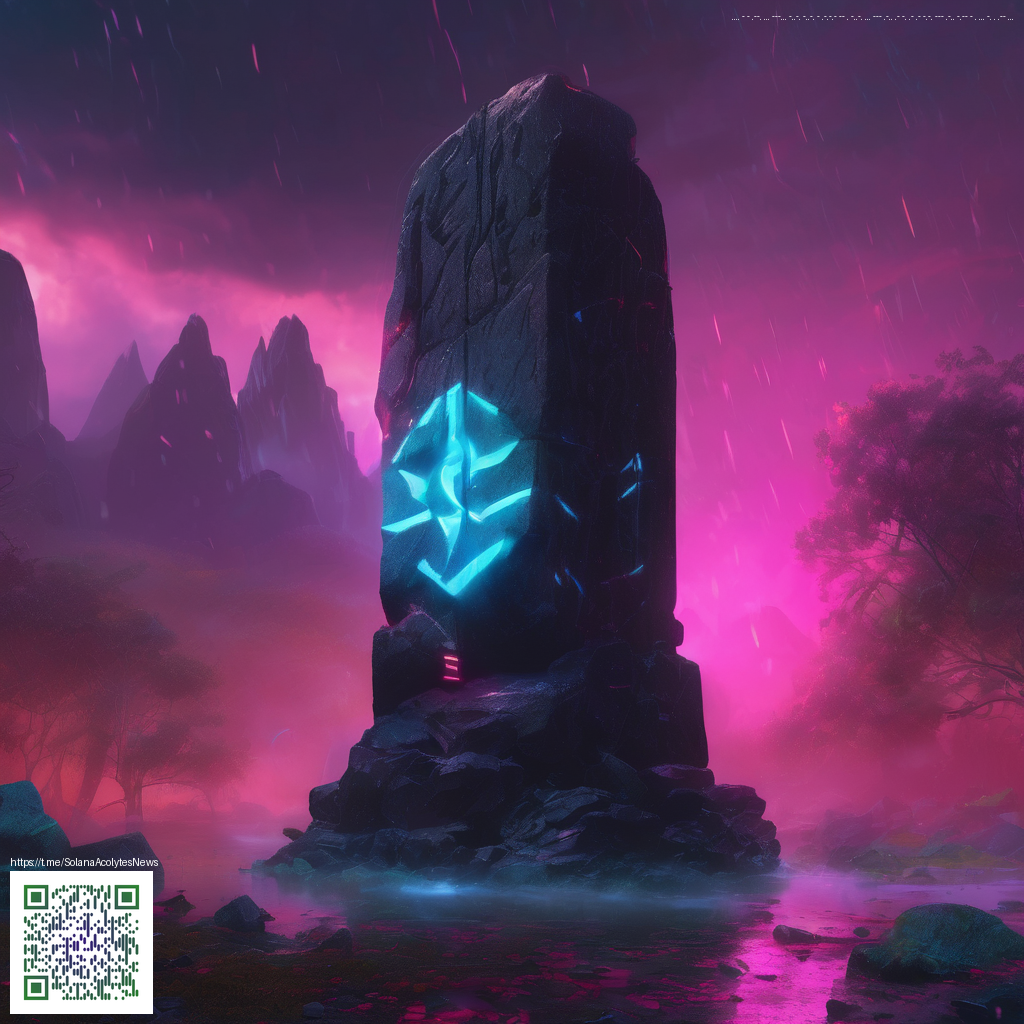
The Lasting Impact of Mega Man 2 on Modern Platformers
Back in 1988 on the Nintendo Entertainment System, a certain blue hero reshaped how players think about progression, risk, and readjusting strategy on the fly. Mega Man 2 cemented a blueprint for platformers that combines precision controls with smart weapon-based puzzles. Its design ethos still echoes in the way contemporary titles reward experimentation, offer flexible challenge, and invite players to map out a run with intention rather than brute force.
Non linear stage progression arrived as a core philosophy. Instead of forcing players down a fixed path, Capcom allowed exploration, experimentation, and a personal boss sequence. This opened doors for speedrunning experimentation and community-led discovery, where players trade routes and optimizations like coveted loot. The result is a model in which mastery comes not from memorizing a single route but from understanding how tools unlock new routes and options.
Another enduring pillar is the weakness system built around the boss weapons. Every encounter invites you to consider how a newly claimed tool will interact with the next challenge. The classic rock paper scissors loop becomes a mental map, guiding decisions about which weapon to deploy and when. In modern platformers, that same principle manifests as adaptive combat palettes, where acquiring a single item reshapes how you approach a level, a boss, or a puzzle.
Alongside weapon dynamics, the E Tanks and other recovery options introduced a gentler curve to a notoriously tough era. Mega Man 2 made it feasible to survive daring sequences by having reliable, portable resources. Contemporary titles borrow this philosophy by offering meaningful but limited ways to replenish health or energy, keeping the stakes high while reducing frustration for players who invest time into perfecting an encounter.
The stage design itself is a study in clean, readable aesthetics. Each stage communicates its hazards and rhythm through clear signposts, memorable enemy patterns, and a pace that rewards both calm calculation and swift reflexes. The result is a learning curve that respects players’ growing intuition, which is a thread feeding into modern platformers that strive for accessible entry points paired with hidden depths for veteran players 💠.
Community insights and the afterlife of classic design
Communities around classic platformers celebrate the game’s balance of challenge and choice. The non linear approach invites fans to share routes, record successful sequences, and compare how different weapon orders shape outcomes. This collaborative memory culture feeds content-rich hubs on streaming, wikis, and fan-made challenges, reinforcing how a design decision can ripple across decades of fan creativity.
Speedrunning scenes often spotlight Mega Man 2 for its robust tooling and forgiving yet precise progression. Players learn to chain weaknesses, dodge brutal laser corridors, and optimize weapon swaps that shave seconds from a run. In this way, the title informs modern speedrunning expectations for timing, routing flexibility, and the joy of discovering previously unseen shortcuts.
“The satisfaction comes from teardown and synthesis: you dismantle a stage’s threat pattern, then synthesize a new tool’s use to transform the rest of the run.”
Modding and fan-made balance patches thrive on the same impulse to tailor a game’s tempo. The era’s openness to experimentation translates into today’s modding communities where players remix mechanics, adjust difficulty curves, and reimagine classic weapon systems. The enduring appeal rests in empowering players to rewrite the rules while keeping the core design language intact 👾.
From a developer perspective, the lessons are clear. Keep controls tight and predictable, layer complexity through tools rather than raw enemy density, and honor player agency with a clear, scalable risk-reward loop. These ideas have become a lighthouse for designers building modern platformers that aim to feel both retro-inspired and boldly contemporary.
Innovation through accessible complexity
Modern titles often borrow the principle of accessible complexity. Players are gently introduced to core mechanics, then invited to leverage those tools in increasingly clever ways. The result is a sense of empowerment: mastery grows as players discover how a single upgrade can unlock a cascade of creative solutions. This lineage from Mega Man 2 helps explain why players still chase high scores, high skill, and elegant route optimizations in new releases.
Moreover, lasting influence shows up in how game teams discuss design tradeoffs. When developers talk about difficulty tuning today, the memory of a well-judged stage sequence and robust recovery options reminds them to preserve fairness without dulling challenge. The balance between risk and reward remains a guiding star across indie and triple A projects alike 🌑.
For fans and newcomers alike, this legacy is a reminder of how a single classic can seed an entire generation of games. The blue bomber’s proven recipe—tight controls, meaningful tools, and a journey that rewards curiosity—continues to inspire experiments in level design, progression pacing, and cooperative modding projects that extend a title’s lifespan far beyond its initial release window.
As the scene evolves, the conversation around retro influence also reflects broader trends in gaming culture. The emphasis on player choice, modular upgrades, and non linear pacing resonates with contemporary design goals in metroidvanias and action platformers alike. Mega Man 2 remains a touchstone for those who view game design as a dialogue between precision craft and imaginative experimentation 💠.
To explore this influence further and support independent and decentralized communities that sustain such innovation, you can contribute through a decentralized donation platform. Your support helps communities, modding projects, and independent coverage keep thriving in an era of interconnected gaming culture.
Donate to support a decentralized internet